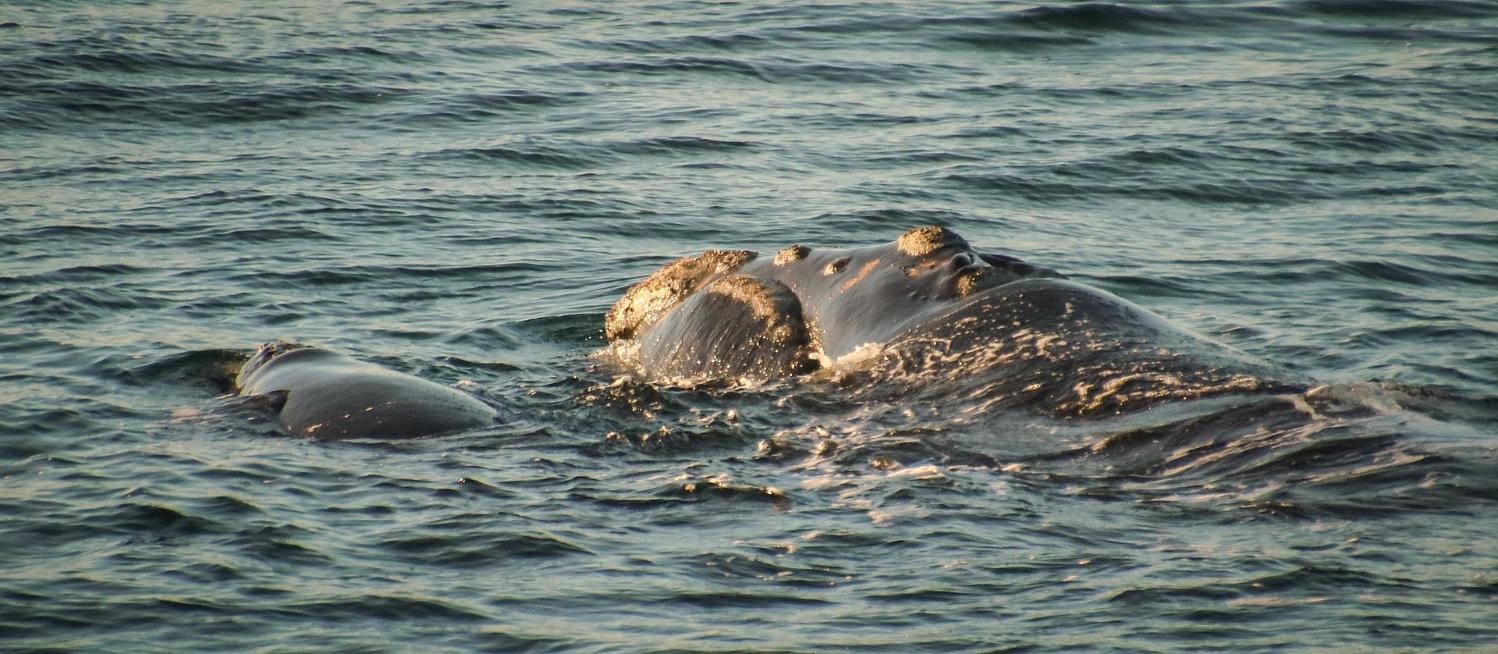Southern right whale spotted off our beaches: NPWS reminds People to stay well clear

This is the second of the rare species spotted in recent weeks, with one recorded off Newport on August 2nd as these and humpback whales commence their annual return to southern waters, many with calves swimming alongside them.
National Parks and Wildlife Service (NPWS) Greater Sydney Area Manager Chad Weston said on Friday this was the third sighting of a southern right whale on the Northern Beaches this season.
“There are less than 270 southern right whales in the south eastern Australian population and only a few calves born in NSW waters each year.'' Mr Weston said
“After the species was nearly pushed into extinction by whaling operations in the 1830s and 40s, it’s wonderful to see a small part of the south east Australian population returning year after year to our NSW coastline.
“These incredible creatures visit New South Wales each year during the winter months seeking out shallow, protected bays and estuaries along the coast to breed and birth their young.
“They are known to remain in these shallow waters after giving birth, often for many weeks, which makes them particularly vulnerable to any disturbance during this fragile time with a newborn.
“While we are nearing the end of the calving season, which means they’ll soon be returning to their summer feeding grounds in Antarctica, it’s never too late to remind people to give these whales space and share the water.
“The incident at Shelly Beach earlier this month involving the mother and her calf was extremely concerning. It is lucky that no one was injured.
Mr Weston is referring to the mother and calf, also seen on August 2nd, where surfers are seen being too close. Witnesses originally thought they were humpback whales, but wildlife experts later said they believe these are actually southern right whales.
A video posted by a young Dutch couple visiting Manly and shared around the world shows the calf becoming curious at one point and swimming close to the group. That’s when instincts kicked in for the mother, who used her tail to brush the surfers away.
View this post on InstagramA post shared by Thom ❥ Lianne 🇳🇱 (@whatifwefly_) on
"For the safety of the whales and the boating community, vessels, including surfboards, must stay at least 100 metres from a whale. This extends to 300 metres when a calf is present, or the vessel is a jet ski.'' Mr Weston said on Friday.
"If you're swimming, diving or just enjoying the water on your own or with friends and you spot a whale, then you must stay at least 30 metres from the whale in any direction.
“If you are identified approaching a whale in contravention of these regulations, you can be fined up to $3,300,” said Mr Weston.
Last week Pittwater Online News published a report from researchers at the University of NSW found that while whale-watching season in Australia is often a tourism drawcard, many were not in optimum health during the return leg of the migration.
The researchers collected and analysed samples of whale blow, similar to mucus from a human nose, from humpbacks and found “significantly less” microbial diversity and richness on journey south.
Their paper, published in the journal Scientific Reports, said this indicated the whales were likely in poorer health than when their journey began.
“It is crucial to monitor the population health of this iconic species to ensure its long-term survival.'' said the study’s lead author, science researcher Catharina Vendl.
“Humpback whales not only play an essential role in their marine ecosystem but also represent an important economic resource because whale-watching is a booming industry in many Australian cities and around the world.”
Unlike the humpback whale population, which has recovered strongly over the past five decades, monitoring of the south east Australian southern right whale population has shown little change in mother-calf pair numbers during that time.
There have been only 12 sightings of southern right whales in NSW waters this season.
Southern right whales can grow up to 17 metres long and weigh up to 100 tonnes. With two blowholes, southern rights can be identified by their distinctive V-shaped blow.
The NSW Government is committed to reducing impacts to threatened and protected marine species through the Marine Estate Management Strategy (PDF 12.3MB).
For more details on approach distances, visit: Approaching marine mammals in NSW.